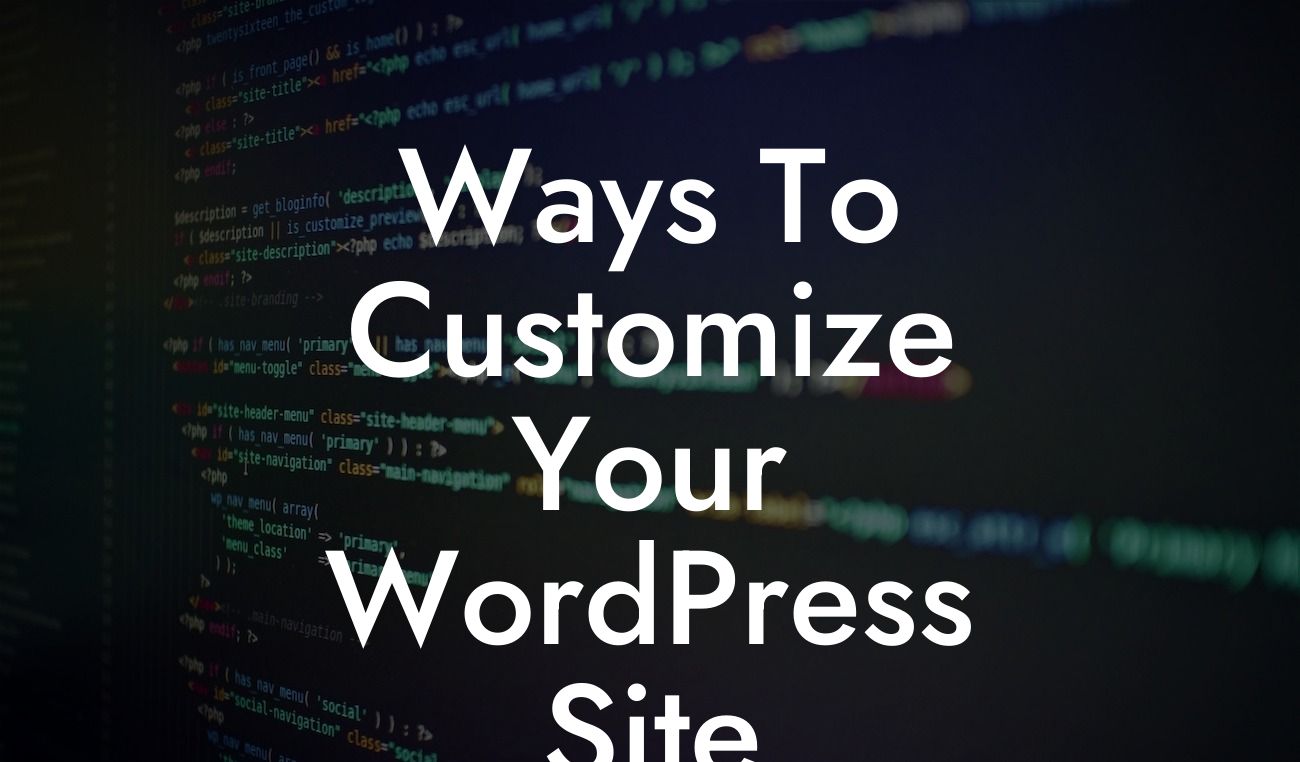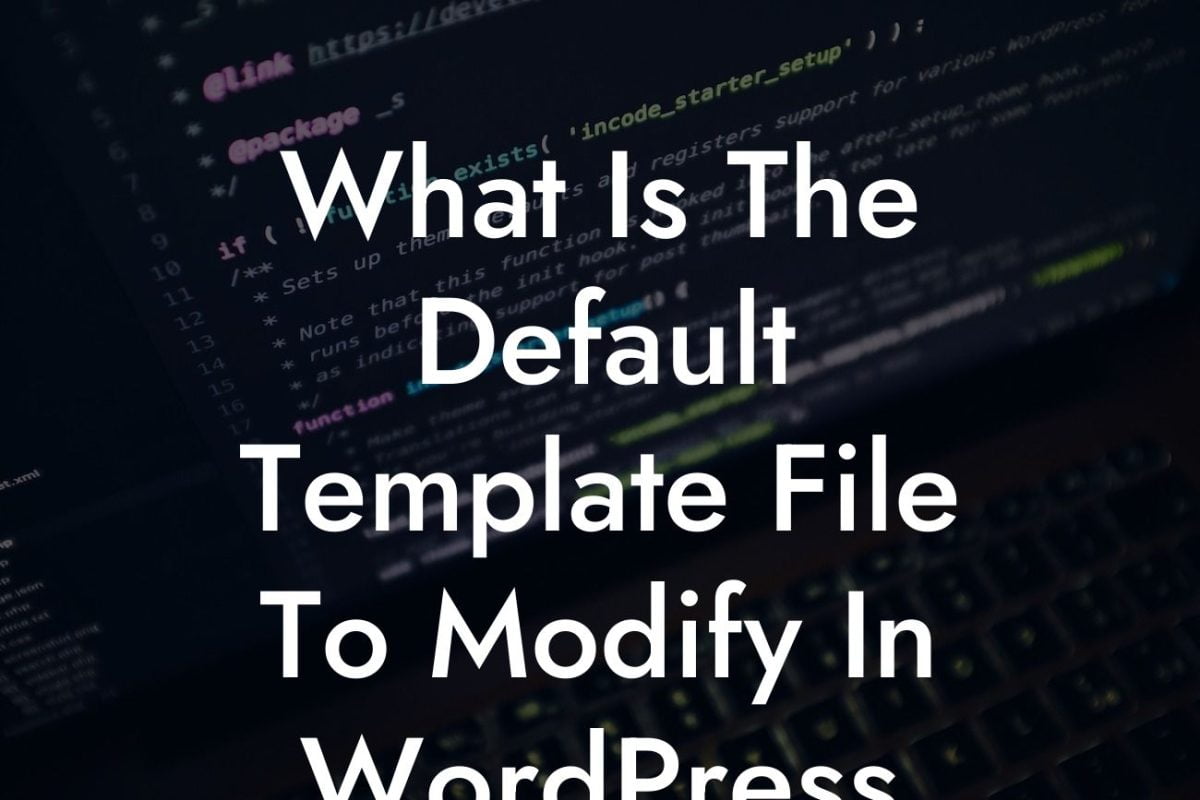Customizing your post template in WordPress can make a significant difference in how your content is presented and perceived by your audience. By creating a unique and visually appealing template, you can elevate your online presence and establish a brand identity that stands out from the competition. In this article, we will explore the various methods and tools you can use to customize your post template and unlock the full potential of your website. Get ready to say goodbye to generic designs and embrace a tailored approach that aligns perfectly with your small business or entrepreneurial vision.
Creating a customized post template in WordPress requires a bit of technical know-how, but don't worry - it's not as complex as it may seem. Here are some methods you can use to customize your post template and add a touch of creativity to your website:
1. Utilize WordPress Themes and Child Themes:
With thousands of WordPress themes available, finding one that suits your style and requirements is just a few clicks away. Look for themes that offer robust customization options, allowing you to modify the post template without writing a single line of code. If you want to take customization a step further, consider using child themes. A child theme allows you to override specific elements of the parent theme, giving you more flexibility and control.
2. Leverage Page Builders:
Looking For a Custom QuickBook Integration?
Page builders are powerful tools that simplify the process of creating visually stunning post templates. These drag-and-drop editors enable you to design your template with ease, using pre-built elements, customizable layouts, and various styling options. Popular page builders like Elementor, Divi, and Beaver Builder offer a multitude of possibilities, allowing you to unleash your creativity and customize every aspect of your post template.
3. Customize with CSS:
For those familiar with CSS or willing to learn a bit, customizing your post template using CSS opens up a world of possibilities. CSS, or Cascading Style Sheets, is a language that controls the visual presentation of web pages. With CSS, you can modify fonts, colors, spacing, and many other design elements. WordPress provides a built-in editor where you can add your custom CSS or use plugins like Simple Custom CSS to make changes effortlessly.
Customize Post Template Wordpress Example:
Let's imagine you run a photography blog and want to create a post template that showcases your stunning images. Using a combination of a photography-focused theme, Elementor page builder, and CSS customization, you can achieve an eye-catching template. Begin by selecting a theme that offers gallery options and a full-width layout. Next, utilize Elementor's drag-and-drop interface to arrange your images, add captions, and create a visually pleasing structure. Finally, use CSS to fine-tune the design, adjusting colors, borders, and margins to match your brand identity. The end result will be a captivating post template that highlights your photography skills and engages your audience.
Congratulations! You've learned how to take your post template customization to the next level. By applying the methods discussed in this article, you can create a unique and visually appealing template that reflects your brand identity. Remember, DamnWoo offers a range of awesome WordPress plugins specifically designed for small businesses and entrepreneurs. Explore our website to discover more guides, try our plugins, and supercharge your online success. Don't forget to share this article with others who can benefit from creating extraordinary post templates.













